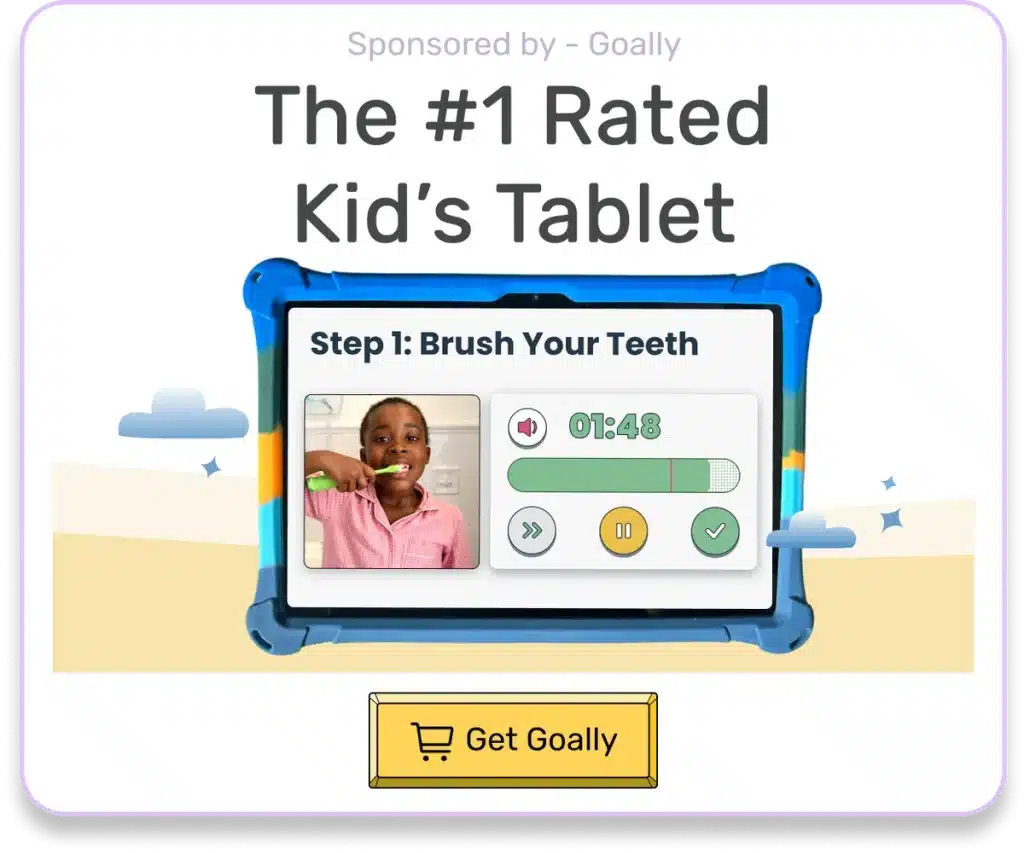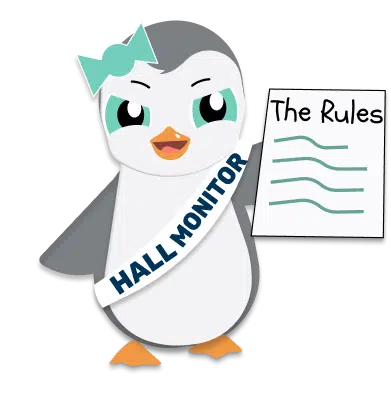As a licensed practitioner who works with kids, I’ve seen firsthand how a well-designed childrens reward system can work wonders in encouraging positive behavior. Whether you have a neurodivergent child or a neurotypical one, implementing a reward system can be an effective way to motivate them to exhibit desirable behaviors like being kind, doing chores, or excelling in school. The key is to make the rewards meaningful to your child, inexpensive, and something you don’t mind giving out regularly.
Table of Contents
I remember working with a 7-year-old boy with ADHD who struggled with completing his homework on time. His parents and I collaborated to create a childrens reward system where he could earn stickers for each completed assignment. Once he collected 10 stickers, he could trade them in for 30 minutes of extra screen time, which was a highly motivating reward for him. Within a few weeks, his homework completion rate soared from 50% to 90%. Can’t you picture the pride on his face as he eagerly collected those stickers? I know I can.
Tips for Creating an Effective Children’s Reward System
Here are some tips I’ve found useful in creating a successful childrens reward system:
- Set realistic expectations: Make sure the goals you set are achievable for your child’s age and abilities. For example, expecting a 3-year-old to make their bed perfectly every morning might be unrealistic, but having them help pull up the covers is a good start.
- Involve your child in choosing the reward: Let your child have a say in what rewards they’d like to work towards. This can increase their motivation and make them feel more invested in the system.
- Provide clear guidance: Clearly explain what behaviors you expect from your child and what they need to do to earn rewards. Use visual aids like sticker charts or token jars to help them track their progress.
- Offer specific praise: When your child exhibits the desired behavior, provide specific praise that highlights what they did well. For instance, instead of just saying “good job,” try something like “I love how you helped your sister clean up her toys without being asked!”
- Choose rewards that are meaningful for your child: Rewards don’t have to be expensive or complicated. Simple things like extra one-on-one time with a parent, choosing the movie for family movie night, or getting to pick out a new book at the library can be highly motivating for many kids.
- Stay positive: Focus on rewarding positive behavior rather than punishing negative behavior. If your child has a setback or doesn’t meet a goal, encourage them to keep trying rather than taking away rewards they’ve already earned.
- Move on from the reward chart: Once your child has consistently demonstrated the desired behavior, phase out the formal reward system. You can still offer praise and occasional rewards, but the goal is for the positive behavior to become a habit rather than something they do just to earn a prize.
Rewards App by Goally
As a practitioner who works with kids with learning differences, I’m always on the lookout for tools and resources that can help families implement effective reward systems. That’s why I was excited to discover Goally’s rewards app. This innovative app makes it easy for parents to set up and manage a children’s reward system right from their smartphone. With Goally Rewards, you can create custom goals and rewards tailored to your child’s interests and abilities, track their progress, and celebrate their successes all in one convenient place. I love how the app uses engaging visuals and gamification elements to make the reward process fun and motivating for kids. If you’re looking for a user-friendly tool to help you implement a rewards system for your neurodivergent or neurotypical child, I highly recommend checking out Goally Rewards.

The Science Behind Reward Systems
Research has shown that positive reinforcement is one of the most effective ways to encourage behavior change. A 2011 study published in the Journal of Applied Behavior Analysis found that a token economy system, where children earned tokens for positive behavior that could be exchanged for prizes, led to significant improvements in classroom behavior for students with autism.
Another 2018 study published in the Journal of Applied Developmental Psychology looked at the effectiveness of a childrens reward system for promoting prosocial behavior in preschoolers. The researchers found that children who received rewards for sharing and helping behaviors were more likely to continue those behaviors even after the rewards were discontinued compared to children who did not receive rewards.

Read more: Setting Up a Reward System for Kids
Making Your Reward System Work for Your Family
Of course, every child and every family is different, so what works for one may not work for another. The key is to tailor your childrens reward system to your child’s individual needs and interests. And don’t be afraid to get creative! I once worked with a family who created a “kindness jar” where anyone in the family could add a pompom whenever they noticed someone else doing something kind. When the jar was full, the whole family celebrated with a special outing or treat.
The most important thing is to be consistent and follow through with the rewards you’ve promised. If your child earns a reward, make sure they receive it in a timely manner. And if the system doesn’t seem to be working, don’t be afraid to make adjustments and try something new.

Goally | Apps That Build Behavior & Life Skills for Kids
Want to keep your child motivated while building essential behavior and life skills? Goally’s skill-building tablet is designed to celebrate small wins and help your child grow.
Our Behavior Tracker helps you reward your kiddo for specific skills, like “being kind” or “flushing the toilet.”
By setting clear expectations and rewarding their efforts, you foster a positive environment for your child to flourish in their behavioral skills journey.

Implementing a children’s reward system can be a game-changer for encouraging positive behavior in kids. By setting clear expectations, involving your child in the process, and choosing meaningful rewards, you can help your child develop important life skills and habits. Just remember to stay positive, be consistent, and have fun with it! With a little creativity and persistence, you can create a system that works for your unique family.
For more information on creating effective reward systems for kids, check out these resources:
- CDC: Rewarding Your Child – Tips from the Centers for Disease Control and Prevention on using rewards effectively.
- Very Well Family: How to Create a Reward System for Kids That Works – A step-by-step guide to setting up a successful reward system.
- Positive Parenting Solutions: How to Effectively Use Rewards and Incentives – Advice on using rewards to encourage positive behavior without creating a sense of entitlement.
FAQ’s About Children’s Reward System
What is a children's reward system?
A children's reward system is a tool used by parents and educators to encourage positive behavior by offering incentives for desired actions.
How does a reward system benefit children?
Reward systems can boost a child's self-esteem and motivation by positively reinforcing good behavior and achievements.
What are some examples of rewards for kids?
Examples include extra playtime, a choice of dinner, a small toy, or a special activity with parents.
At what age can you start using a reward system with children?
You can start as early as 3 years old, as children begin to understand the concept of cause and effect.
How often should rewards be given in a reward system?
Rewards should be given immediately after the desired behavior to establish a clear connection, with occasional surprises for sustained efforts.
Emily is a seasoned blog writer for Goally, leveraging her extensive background in child psychology and special education to provide valuable insights and resources for parents. Her commitment to understanding and addressing the unique needs of these children, combined with her expertise in educational strategies, makes her a credible and empathetic voice for families.





